Bluebell Woods
upstatebhh
9 years ago
Related Stories
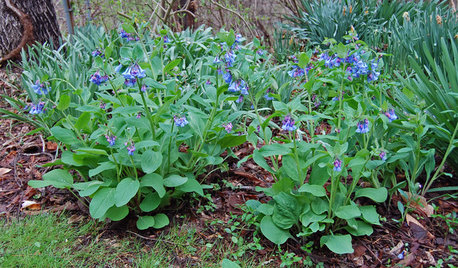
GARDENING GUIDESGreat Design Plant: Mertensia Virginica
Virginia bluebells provides relief from winter with a big display of color
Full Story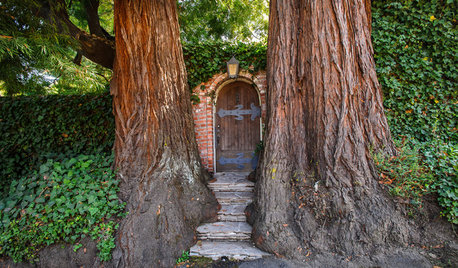
FUN HOUZZ14 Gardens Straight Out of Fairy Tales
Escape into landscapes that conjure the magical worlds of folklore and literature
Full Story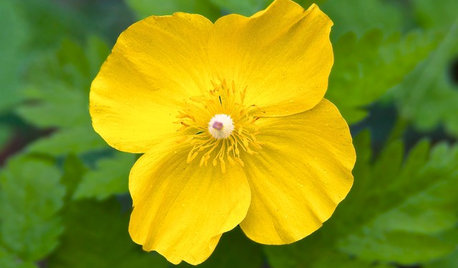
GARDENING GUIDESGreat Design Plant: Stylophorum Diphyllum
Appalachian native celandine poppy’s flowers and foliage combine to brighten a woodland garden well into summer
Full Story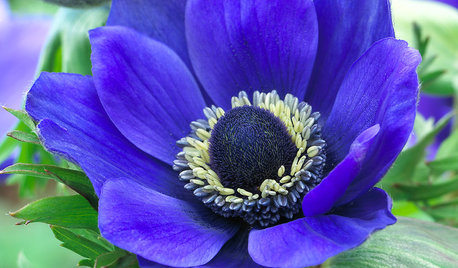
FALL GARDENING6 Splendid Blue-Flowering Bulbs
How do you blue? With colors from sky to cobalt, these bulbs will greet you merrily in a spring garden
Full Story
GARDENING GUIDESGreat Design Plant: Try Blue Bells for Blooms in Dry Soil
This shrub’s violet-blue flowers and silvery foliage brighten low-water gardens all year long
Full Story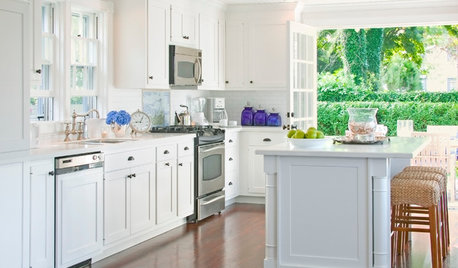
GARDENING AND LANDSCAPING10 Ways to Open a Kitchen to the Outdoors
Have your cooking and your nice weather too, with a kitchen setup that embraces indoor-outdoor flow
Full Story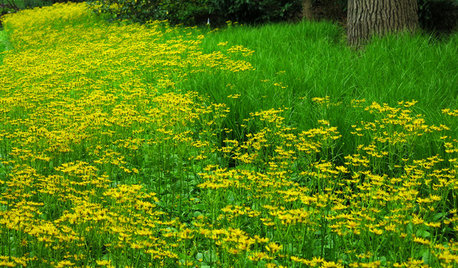
FALL GARDENING5 Native Early-Spring Bloomers to Plant This Fall
Think beyond tulips and daffodils this year with plants that you and native pollinators will love
Full Story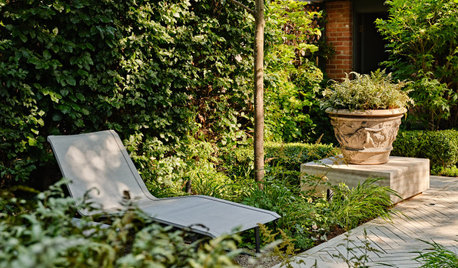
LANDSCAPE DESIGNHow to Create a Beautiful Shade Garden
Turn the cool, shady spot in your garden into your own quiet oasis
Full Story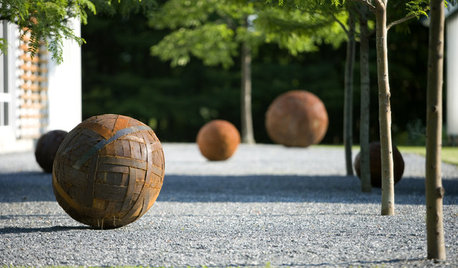
LANDSCAPE DESIGNWhat Kind of Gardener Are You? Find Your Archetype
Pick from our descriptions to create a garden that matches your personality and tells your story
Full Story
COLOR10 Pretty Ways to Refresh a Gray Palette
Energize your favorite gray shades with pick-me-up accents as fresh as a spring day
Full StoryMore Discussions








agkistrodon
Iris GW
Related Professionals
Montgomeryville Landscape Architects & Landscape Designers · Port Royal Landscape Architects & Landscape Designers · Walnut Landscape Architects & Landscape Designers · Williamsburg Landscape Contractors · Broomfield Landscape Contractors · El Reno Landscape Contractors · Fort Hunt Landscape Contractors · Long Beach Landscape Contractors · York Landscape Contractors · Oakland Fence Contractors · Tavares Fence Contractors · Beaumont Siding & Exteriors · Dale City Siding & Exteriors · Lafayette Siding & Exteriors · San Jacinto Siding & ExteriorsupstatebhhOriginal Author
agkistrodon
davidl_ny5
shadeyplace
upstatebhhOriginal Author
wisconsitom
upstatebhhOriginal Author
agkistrodon